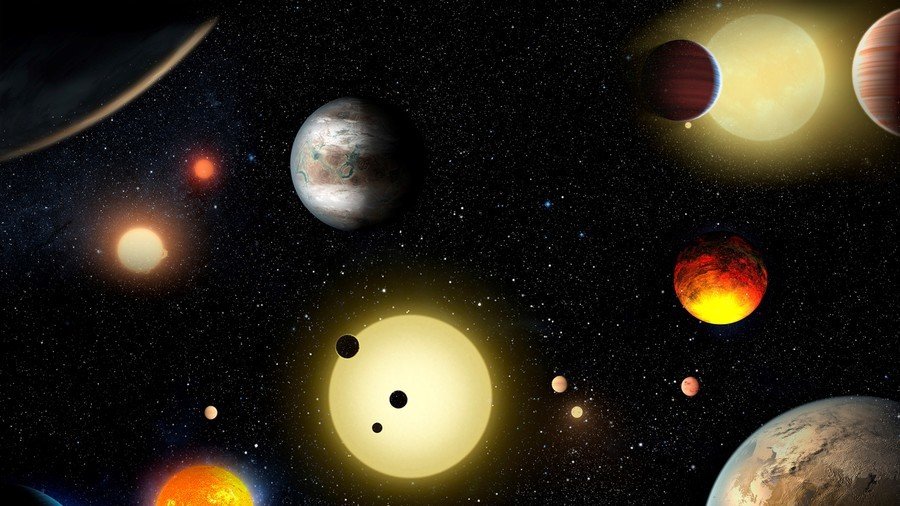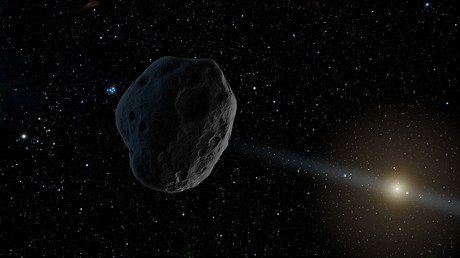Kepler-90: NASA announces discovery of solar system similar to ours

NASA has announced the discovery of the 8th exoplanet in the Kepler-90 solar system, making it the only known one with the same number of planets as ours.
Amid rumors that it would make an announcement of an extraterrestrial kind, NASA revealed Thursday that its new discovery was another planet in the system called Kepler-90i. The system surrounds the sun-like star Kepler-90, 2,545 light years from Earth.
“The Kepler-90 star system is like a mini-version of our solar system. You have small planets inside and big planets outside, but everything is scrunched in much closer,” said Andrew Vanderburg, a NASA researcher.
Kepler-90i doesn’t fall inside the habitable zone of the Kepler solar system. It’s about 30 percent larger than Earth and is so close to its star that its average surface temperature exceeds 800 degrees Fahrenheit, much like the fiery planet Mercury.
Humans would be far more suited to Kepler-90h, the outermost planet in the system that sits at a similar distance from the Sun as Earth.
The exciting discovery was made by NASA’s Kepler telescope, which studies some 15,000 stars every minute. The data was then analysed using machine learning technology from Google.
The machine learning technique has been described by NASA as a new approach to artificial intelligence in which computers “learn” to identify planets through signals recorded by the Kepler telescope.
READ MORE: Europe’s Space Agency approves alien-hunt project
“Just as we expected, there are exciting discoveries lurking in our archived Kepler data, waiting for the right tool or technology to unearth them,”said Paul Hertz, director of NASA’s Astrophysics Division in Washington. “This finding shows that our data will be a treasure trove available to innovative researchers for years to come.”
READ MORE: NASA unveils 10 new worlds humans could one day call home (VIDEO, PHOTOS)
Kepler has been discovering planets beyond our solar system since its launch in March 2009. Thanks to its “treasure trove of discoveries”NASA scientists now believe there may be “at least” one planet orbiting every star in the sky.
Since 2014, Kepler has discovered 3,400 exoplanets, including 30 Earth-sized planets orbiting within habitable zones of their stars.














